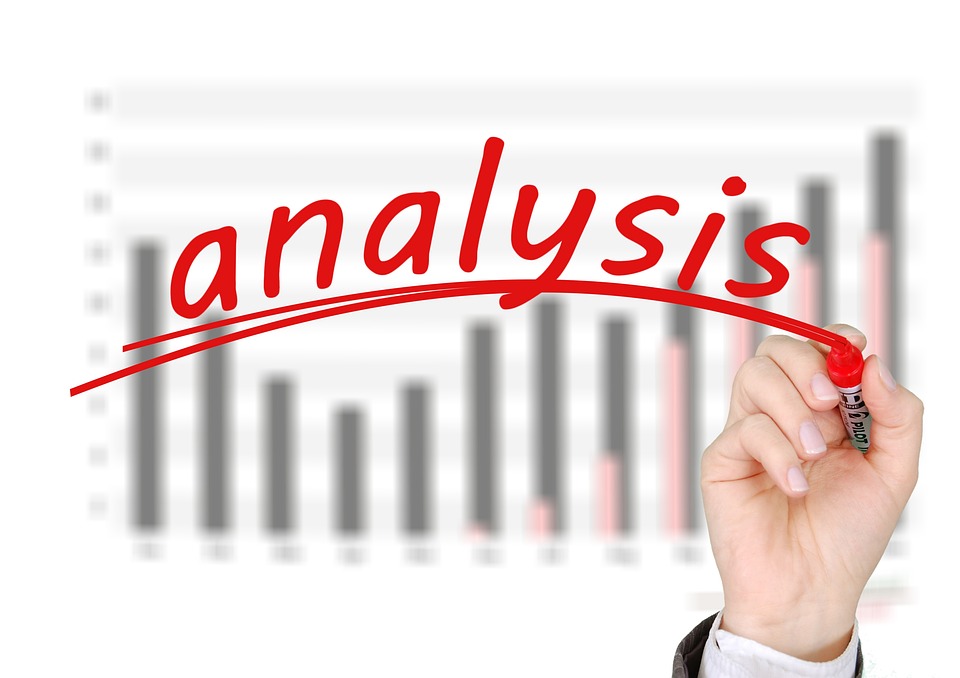Rates Spark: We Can’t Extrapolate Current Price Action Too Long

Image Source: Pixabay
“Everything” is up. That can’t last. A new high in the gold price, in hindsight, may be looked back as a warning sign that we missed. Meanwhile, heavy supply drove bear steepening of the Bund curve. Friday’s data on eurozone inflation and unemployment will remind markets that the ECB’s easing path may not be as steep as the one priced for the US.
The rise in the price of gold to a new high is worthy of note from a wider system perspective
Noteworthy is the juxtaposition between the risk-on mode in markets and the sizeable rate-cut discount. Even though the former is partly a function of the latter, it's still quite a combination. The squaring of this circle can only come through a macro environment where inflation remains contained, and the Federal Reserve cuts rates by enough to prevent a material rise in the unemployment rate and associated stresses on the US economy and system.
The fact that spot gold is trading up in the $2,500 area (per troy ounce) is something that intrigues us. Yes, it's there as an offset to residual inflation risk, geo-political risk, and dangers galore. But there is a quiet trade going on in the background where some actors are building their gold holdings. It's been a popular move in high-inflation economies like Turkey and Argentina in recent years – mostly through a quest for dollars, but also Gold and the like.
More intriguingly, by all accounts, China and Russia have been building their gold holdings while at the same time downsizing their dollar holdings. Famously, Russia liquidated its bulk of Treasuries before invading Ukraine. Both have an interest in covertly doing whatever might undermine the dollar and at the margin, this is one. US Treasuries are still well in demand, but we need to continue to monitor this space.
In any case, it does feel like the current environment is packed full of positives from a risk asset and bond market perspective – prices are up everywhere. The rise in the gold price against that backdrop could well be a precursor for more sinister times on financial markets where prices instead go down. The wider global backdrop certainly smacks of that. It just has not become a dominant driver, mostly on the cushion being offered through big Fed cuts to come.
Meanwhile, the US 2Y auction saw a strong reception Tuesday, on a half-a basis point negative tail and a near 70% indirect bid. The latter is indicative of central bank interest, an important driver of every short-maturity auction event. Support for the 2Y at some 140bp through the effective fund rate is indicative of a solid ratification of the current market discount for rate cuts to come from the Federal Reserve ahead on a multi-month basis.
Euro rates bear steepen while digesting supply
European rates started the day with a bear steepening of curves, led by 30y Bund yields some 5bp higher on the day. EGB spreads also widened, with the 10Y OAT-Bund spread 2bp wider, and for BTPs the spread increase was 4bp. The moves didn’t seem sentiment or data-driven and thus the relatively heavy corporate and SSA issuance together with German and Italian issuance were the more likely drivers. Also on Wednesday plenty of issuance is scheduled, so supply may continue to weigh on the back end.
The front end remained relatively anchored, and the trajectory of European Central Bank easing is anything but clear-cut. Having said that euro rates will likely wait for Friday’s eurozone unemployment and inflation numbers for direction and thus the Bund curve should remain fairly range-bound until then.
On Friday the core inflation number is expected to tick down from 2.9% to 2.8%, which highlights the slow progress on inflation as the services component remains sticky. The short end of the Bund curve is trading significantly lower since the sharp move down in the UST curve, but markets have to be careful not to replicate every US turn lower. The data on Friday may serve as a reminder that the ECB could have a slower path of easing ahead of itself than the Fed.
Wednesday's events and market view
Again a relatively light day in terms of data. France will publish consumer confidence data and Italy industrial sales, but both are usually not market drivers. From the US we have weekly mortgage applications which are being monitored more closely as growth concerns are on the rise. In terms of speakers, we have the Bank of England's Mann and the Fed's Bostic.
In terms of planned issuance, the EIB has announced a 10Y climate awareness syndication for €4-5bn. Also, Austria has a syndication scheduled, for a new 5Y RAGB totalling €3-4bn. From the UK we have a 9Y Gilt linker auction worth £1.5bn, and from the US a new 5Y note totaling $70bn.
More By This Author:
National Bank Of Hungary Review: The First Pause In This Easing CycleThe Commodities Feed: Libyan oil supply disruption
FX Daily: Soft Landing Vs. Recession
Disclaimer: This publication has been prepared by ING solely for information purposes irrespective of a particular user's means, financial situation or investment objectives. The information ...
more


